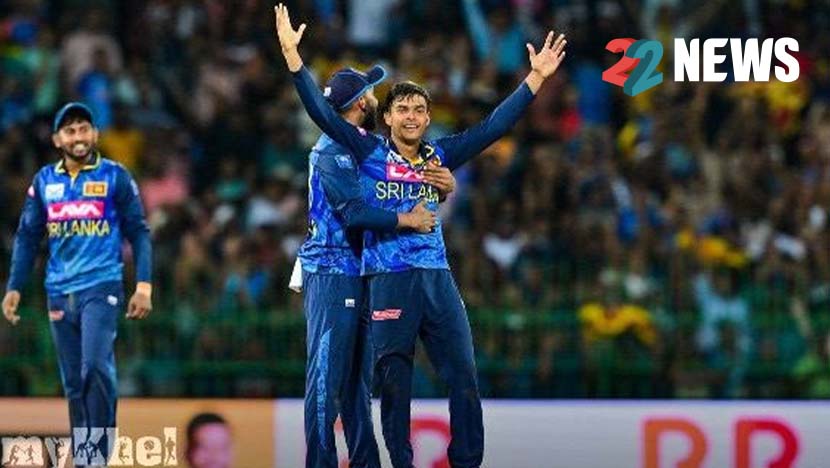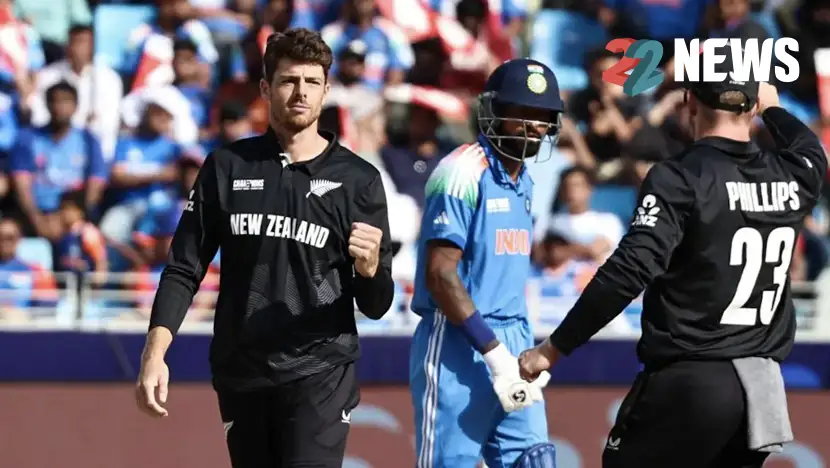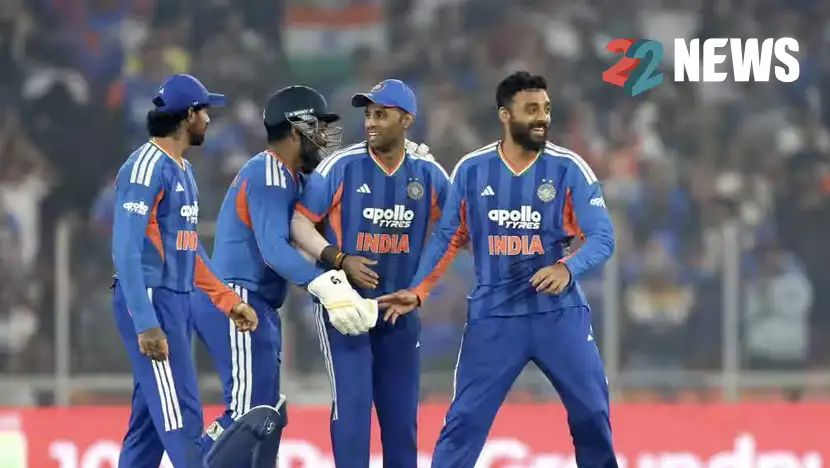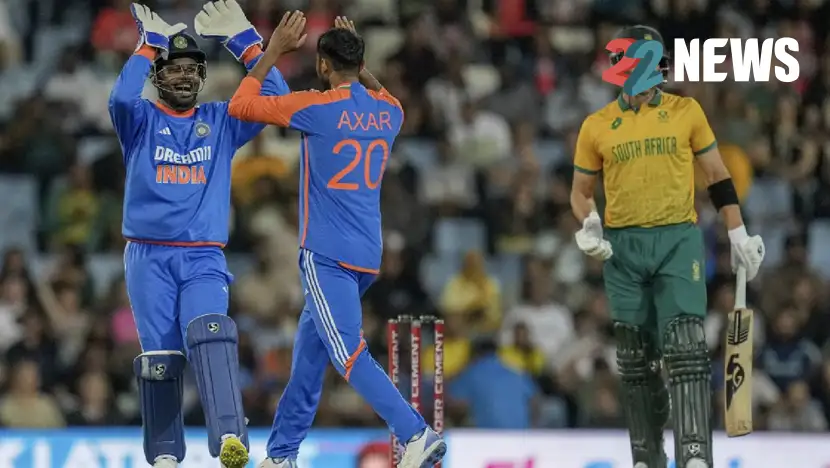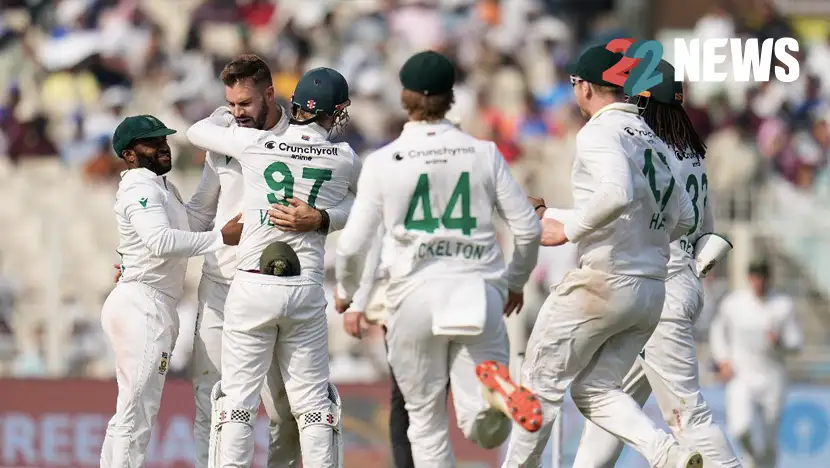Sri Lanka secured a historic 2-0 series victory against India in the One Day International (ODI) format. This is their first series triumph over the cricketing giants since 1997. This victory is a much-needed boost for the Sri Lankan team. It is especially important following their recent failure to qualify for the upcoming Champions Trophy.
The final match was played under challenging conditions. It exposed India’s persistent difficulties in chasing targets under lights.
Sri Lanka’s innings began on a dry and abrasive pitch, with captain Dasun Shanaka opting to bat first after winning the toss. The opening partnership between Pathum Nissanka and Avishka Fernando set the tone for the innings. It led to an impressive 89-run stand.
Four boundaries off Mohammed Siraj highlighted Nissanka’s aggressive start in the early overs. Yet, Axar Patel dismissed him due to a top-edged slog-sweep. Despite Nissanka’s departure, Fernando anchored the innings with a well-constructed 96, handling the spinners with finesse and accelerating against the pacers, particularly during Siraj’s second spell.
But his ambitions for a century were cut short when he misjudged a full leg-break from debutant Riyan Parag. This gave India a crucial breakthrough.
Riyan Parag made a fast impact with the ball, having been introduced to strengthen India’s middle order. He took crucial wickets, including those of Charith Asalanka and Fernando. This led to a Sri Lankan collapse from 171/1 to 199/6. Kusal Mendis stepped up to steady the innings with a vital 59 runs. This helped Sri Lanka reach a competitive total of 248/7.
India’s chase started with Rohit Sharma’s fiery opening. Yet, the innings quickly unraveled following Virat Kohli’s dismissal. Kohli faced an unusual run of low scores. He experienced his worst bilateral series performance against Sri Lanka. His departure triggered a collapse. India lost six wickets within the first 13 overs.
Dunith Wellalage emerged as the star of Sri Lanka’s bowling attack, weaving a web of spin that dismantled the Indian batting lineup. His left-arm orthodox spin accounted for four of the first six Indian wickets, including Rohit Sharma, Kohli, Axar Patel, and Shreyas Iyer. Wellalage’s mastery of variations contributed to India’s downfall.
India’s struggles against spin were evident throughout the series. They led to a record 27 wickets lost to spin—the most by any team in a three-match bilateral ODI series. Wellalage’s five-wicket haul played a crucial role in India’s collapse. It made him the first spinner to achieve this feat against India on various occasions.
Sri Lanka’s series victory was not solely due to their bowling prowess. Their strategic approach to building and defending totals played a crucial role, too. The final overs of their innings provided momentum. Plus, Mendis’ contributions proved critical in the closing stages. India tried to claw back through Parag’s bowling and a late flourish by Shivam Dube and Parag. Yet, Sri Lanka’s total proved insurmountable.
This series’s defeat exposes significant flaws in India’s ODI setup. It underlined issues with spin and chasing targets under pressure. For Sri Lanka, this victory marks a landmark. It evoked memories of their last series win against India in 1997. As they look forward to future challenges, this triumph can rebuild their cricketing fortunes. Meanwhile, India must address their strategic and technical shortcomings as they prepare for upcoming international fixtures.


